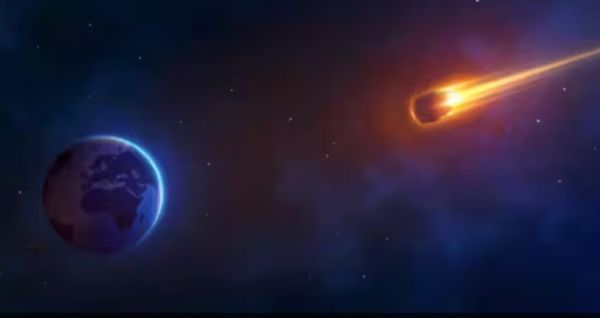
The Atlas survey saw comet 3i/atlas, which is the third known internet body entering our solar system, causing in -depth study by NASA’s Hubble, James Web, Spherex and Tess telescopes. Running at a speed of 130,000 mph, bizarre features of this icy visitor are changing our understanding of cosmic stones.
Unlike normal comets, 3i/atlas have carbon dioxide-ardent coma, with the CO₂-water ratio the highest ever recorded, indicating that it is far away from the CO₂ ice line of its original star. Tess, beyond Jupiter’s orbit, revealed the amazing activity on 6 AUs, where most of the comets live in a dormant state.
Hubble captured a tear-shaped dust cover around its nucleus (0.32–5.6 km wide), in the beginning of a clear tail-a rareness that flew speculation. Harvard’s AV Loaib suggested its origin to be alive, although scientists credits its bizarrely to natural processes. By September, a growing tail emerged, which thrilled astronomers.
The origin of the comet is still mysterious. Its chemistry suggests that it was in contact with acute radiation or made in a unique protoplanetary disc. It will approach the Sun on the 1.4 AU, near the orbit of Mars on 30 October, 2025, where it is likely to observe it by NASA’s Mars Reconsense Orbiter.
Comeka 3i/Atlas, a galaxy secret, offers a rare glimpse of distant star systems. As it comes near the Sun, astronomers are competing in the race to know its mysteries before exiting our solar system. Get updates through NASA or Space.com.